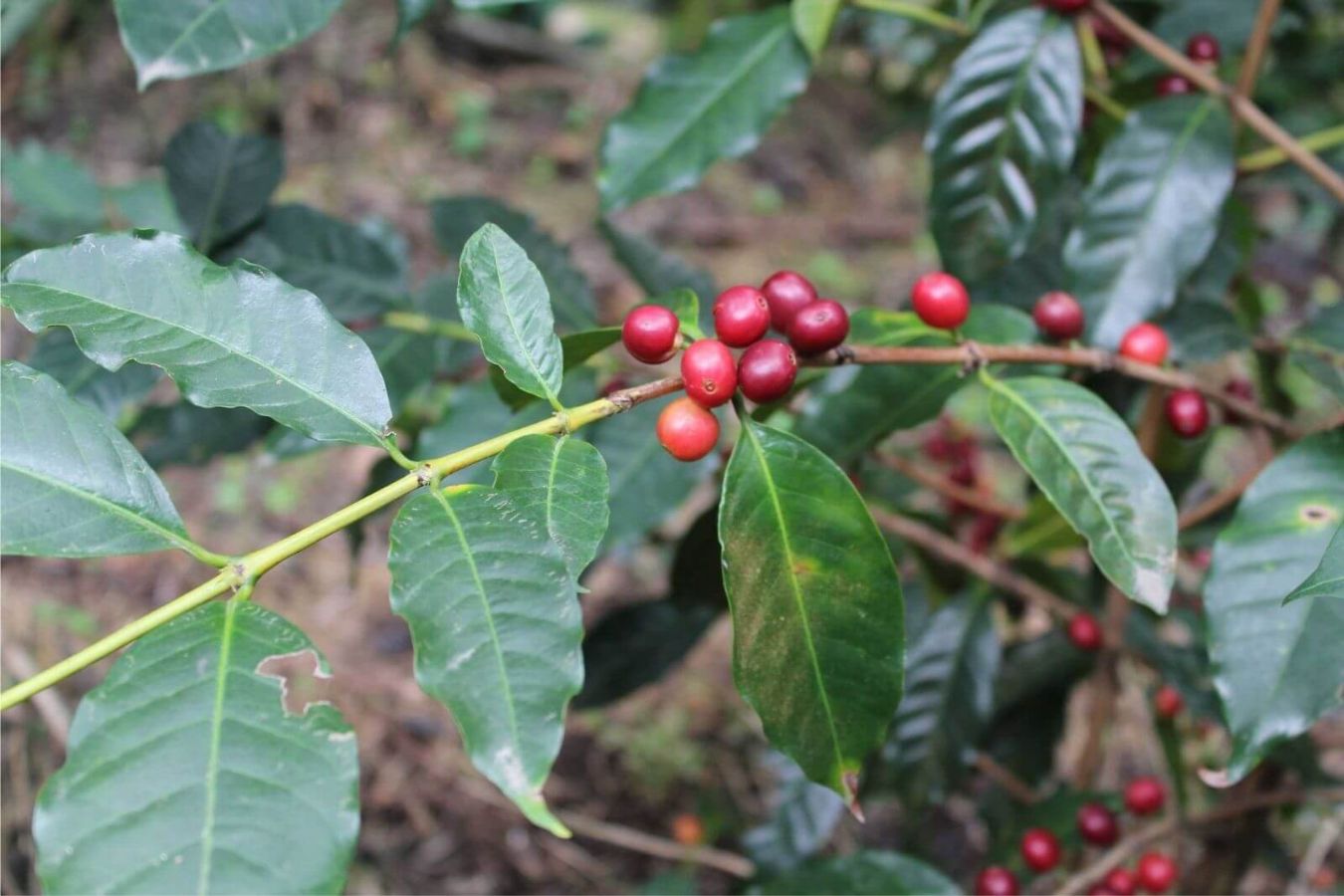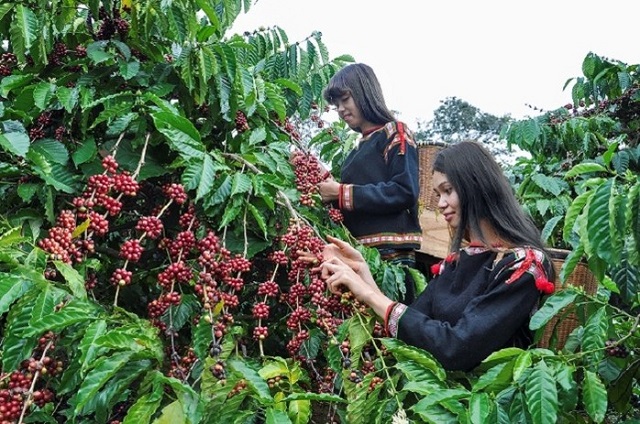
History of Typica and Bourbon: The most culturally and genetically significant C. arabica coffee groups are typical and Bourbon. So let’s go with Helena Coffee to find out the typica and bourbon lineage.
Coffee has become a global phenomenon laurina variety
The most culturally and genetically significant C. arabica coffee groups are typica and Bourbon.
According to historical documents, coffee beans were transported from the coffee woods of southwestern Ethiopia to Yemen, where it was produced as agricultural product.
Genetic studies proved that the significant seeds from Ethiopia to Yemen were Bourbon and typica. Bourbon and distinct descendants spread worldwide from Yemen, establishing the foundation of current arabica coffee agriculture.
Typica beans lineage
The coffee tree had left Yemen and was thriving in India by the late 1600s. These seeds grew into coffee plantations in the Mysore region, known as Malabar.
Recent genetic evidence suggests that this importation from Yemen to India included both the typica and Bourbon types. When the Dutch carried seeds from the Malabar coast of India to Batavia, currently known as Jakarta, the capital of Indonesia, located on the populous island of Java, the typica branch likely separated from Bourbon.

However, the Dutch attempted to bring seeds from Yemen directly to Batavia in 1690, and the seedling died in 1699 following an earthquake. Put another way, the isolation of the typica branch and its subsequent global spread began when the seed landed in Indonesia from India.
A solitary coffee plant
A solitary coffee plant was taken from this group of typica imported in Indonesia to Amsterdam in 1706 and placed in the botanist’s orchard. The genus typica (one of several species in the genetic group typica) was named after this one plant, which swept the Americas in the 18th century.
Following the signing of the Utrecht Peace Treaty between the Netherlands and France in 1714, the mayor of Amsterdam presented King Louis XIV with a coffee tree, which was nurtured in the Jardin des Plantes’ greenhouse and quickly produced seeds (Chevalier and Dagron, 1928).
Coffee plants were shipped from the Netherlands to Dutch Guiana (now Suriname) in 1719, then to Cayenne (French Guiana) in 1722, and finally to Brazil in 1727. Between 1760 and 1770, it entered southern Brazil.
In 1723, plants were shipped from Paris to Martinique in the West Indies. In 1730, the British brought the typica variety from Martinique to Jamaica. In 1735, it arrived in Santo Domingo. In 1748, seeds were sent from Santo Domingo to Cuba. Later, Cuba provided sources to Costa Rica (1779) and El Salvador (1840).
The typica variety spread from Brazil to Peru and Paraguay
Cultivation spread to the Caribbean (Cuba, Puerto Rico, and Santo Domingo), Mexico, and Colombia in the late eighteenth century and then throughout Central America (cultivated in El Salvador as early as 1740).
The bulk of coffee bean green estates in Central America was typica-based until the 1940s. Bourbon cultivars gradually supplanted the variety in many Americas because of their low yield and susceptibility to severe coffee illnesses. However, it is still commonly grown in Peru, the Dominican Republic, and Jamaica.
The Bourbon Family Tree
Records suggest that the French attempted three times, in 1708, 1715, and 1718, to bring this Yemeni coffee to the island of Bourbon (now La Réunion); recent genetic research has corroborated this.
Only a few plants from the second intro and a few from the third intro proved effective. Bourbon coffee did not leave the island until the mid-nineteenth century.
The popularization of Bourbon bourbon pointu trees in Africa was aided by French missionaries known as Spiritans (from the Congregation of the Holy Ghost). At La Reunion, the first mission was established in 1841.
In 1859, a task was started in Zanzibar from there. In 1862, a mission was established in Bagamoyo (coastal Tanzania, then known as Tanganyika), another in St. Augustine (Kikuyu, Kenya), and yet another in Bura in 1893. (Taita Hills, Kenya). Coffee beans from La Réunion are grown in each mission.

St. Augustine seedlings were utilized to plant extensive swathes of the Kenyan highlands, while Bagamoyo seedlings were used to build many plantations in Tanzania’s Kilimanjaro region.
A Tanzanian research station near Moshi, Lyamungo, established a formal coffee breeding program in 1930, based on the mass selection of excellent mother plants found in surrounding farms in Bagamoyo county.
Tanzania Coffee Research Institute
And then repeating the procedure fruit bourbon trees. This research station is the forerunner of the Tanzania Coffee Research Institute’s current primary research station information (TaCRI).
In 1899, seedlings from Bura were sent to another French mission in Saint Austin (near Nairobi), where they were dispersed to coffee-growing immigrants. The origins of French Mission coffee can be traced back to these instructions.
The historic Indian cultivars
According to DNA fingerprinting, the historic Indian cultivars known as Coorg and Kent are related to Bourbon-derived varietals. This suggests that the initial seeds exported out of India by Baba Budan in 1670 likely included both Bourbon and typica species origin (see typica below).
When the Dutch transported the seeds from India in 1696 and 1699, the specific branch may have separated from Bourbon réunion bourbon trees varietal (not from Yemen, as is commonly said). Bourbon was initially introduced to the Americas in 1860, at Campinas, in southern Brazil. It spread north into Central America from there.


